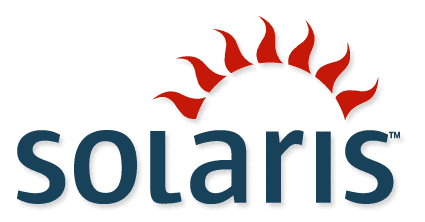Abstract:
For as long as there was communications over wires, Network Management existed. With the advent of SNMP, management could become sophisticated enough to allow for proactive management of intelligent devices and the health of various resources they managed. HP's Network Node Manager, considered "the gold standard" in network management, continues to upgrade their platform with newer features.
Key Information:
Real information on Network Node Manager is available in various datasheets and specification pages. What separates HP's Network Node Manager from the rest of the competition includes:
- Multi-Platform Support
Solaris, Linux, Windows, and HPUX.
Solaris support provided for Managed-Services grade, Linux for Enterprise grade, Windows for Small-Medium Business grade network management needs. - Robust Performance
Single station capable of 25,000 devices, up to 1,000,000 interfaces. - Robust Virtualization
HP Network Node Manager supports Zones under Solaris - providing Solaris based Managed Service Providers with secure multi-tenancy at 0% systems overhead penalty. - External Authentication
Users and Roles can be mapped to an LDAP directory - Excellent Device Certification Documentation
Clear on-line documentation regarding which device and features are supported. - Database Support
Embedded Postgres and third-party Oracle are both supported. - Multi-Tenancy Interface
Network Node Manager old interface offered this, the new one offers this, as well. - Encryption and SNMPv3
The old Network Node Manager did not offer SNMPv3 encryption, without a proxy from SNMP Research. The data sheets do not clearly indicate SNMPv3 encryption support under multi-tenancy and security.
Everyone who wants to be a managed services provider plays in the Linux space, but only development houses truly capable of supporting large telco environments play in the UNIX space. Solaris is the dominate market leader, with more installations than IBM AIX and HP-UX combined, but HP-UX is still supported (for the time being - their Itanium based HP-UX platform is at-risk.)
Scalability of 25K devices with 1M interfaces is a terrific improvement, over the old days of HP Network Node Manager. The older NNM platforms seemed to become sluggish between 1,000 and 2,000 devices. Modern day telco managed services engagements regularly deal with multiple core devices have 1,000,000 interfaces per core device (not to mention end-points) - which this writer was able to do a half-decade ago with EMC Ionix on an old 8 socket UltraSPARC IV platform (as well as other customers.) Running a separate NNM instance for every internal core device is completely unrealistic. Most people do not consider the vertical scalability needs of network management tools - single customers with large interface counts MUST support large socket counts on UNIX systems like Solaris and HP-UX to meet the business requirements.
With 0-overhead virtualization technologies like Solaris Zones, Node Manager is able to play "in the big leagues" with managed service providers, to provide simplistic multi-tenant solutions where overlapping ip addresses must be managed. Each Solaris Zone can route to a different customer, with identical IP Addresses - with no cost in system resources, since Solaris Zones all share the same kernel resources.
Authentication of users to an external LDAP directory provides for Single Sign-On capabilities and resolves a variety of issues with auditing requirements, password changing issues, locking out users who are no longer with the service provider, etc.
It is critical for a managed services organization to understand whether a device can be monitored and managed. Clear documentation, which is available for the world to see, provides that kind of feedback to the community, to level-set expectations with telco providers to communicate to joint customers.
Embedded Postgres and third-party Oracle are both supported, the former for service providers to avoid Oracle service provider fees, the latter for enterprises with few DBA resources to provide singular database support across an entire enterprise.
Multi-Tenant requirements are tremendously diverse. The new web interface offers configuration, like the old X-Windows interface, but the data-sheets are strangely silent about SNMPv3 support - an absolute minimum for dealing with multi-tenancy, so customers know their data is secure during the traversal of shared networks. Any security minded individual be concerned about support or robustness of support of SNMPv3 by this product.
Additional Information
See the SNMP Resources Tab on the Network Management Blog for more information.




No comments:
Post a Comment